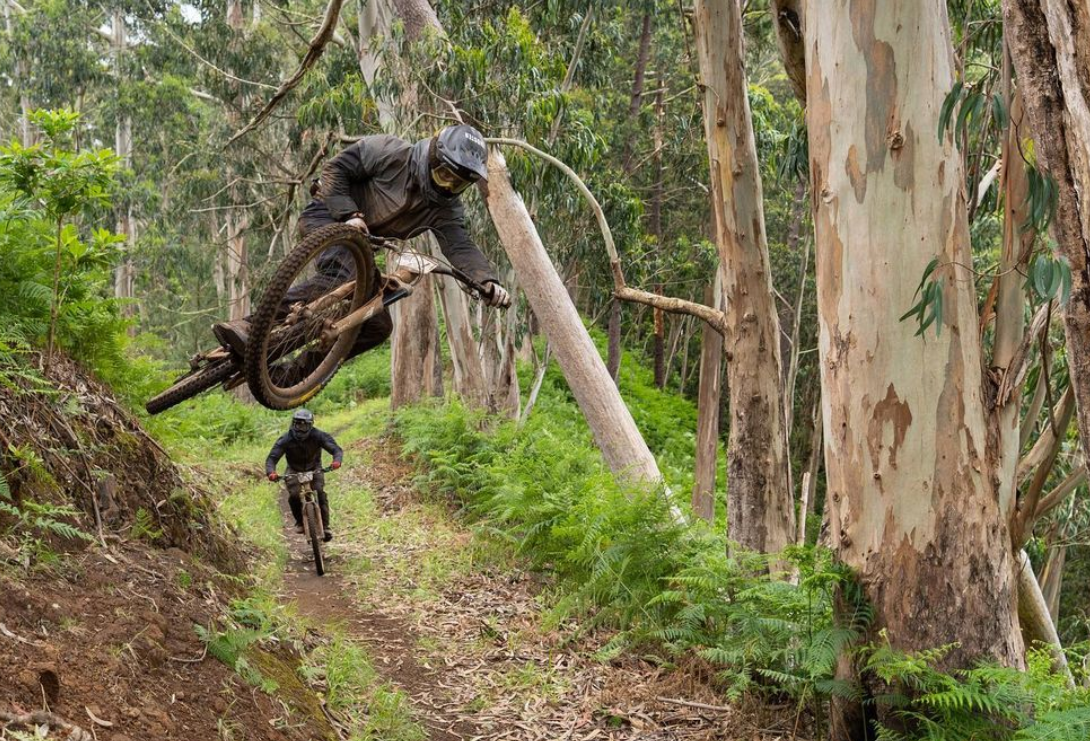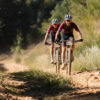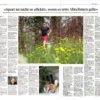I was allowed to accompany an athlete in the preparation and successful completion of the legendary Trans Madeiraa 5‑day MTB enduro race over 220km and with 30 special stages. While Madeira with its different vegetation types, weather changes, climatic zones and steep coastal slopes already demands the maximum from every enduro rider, the challenge of the multi-day race is incomparably greater for a diabetic.
The possibilities in diabetes management have improved dramatically in the last 20 years. One example is wearable technology: a sensor the size of a coin measures tissue glucose in real time (as a proxy for blood glucose) and its counterpart, a wearable insulin pump, completes the missing control system, enabling a much better quality of life through nutrition, blood glucose analysis and control.
Blood sugaror how different levels of stress affect our bodies
My athlete pursues a demanding profession with management responsibility in everyday life. In addition, preparing adequately for a multi-day competition was difficult and required good time management. What sounds like a question of discipline has a completely different dimension for diabetics. Stress in the form of little sleep, psychological tension at work, long days and, at the end, cycling training places high demands on energy supply and, above all, on adequate energy supply throughout the day.
This was the top priority for the preparationsmoothing the blood sugar and ensuring constant energy availability helped to reduce metabolic stress and bring calm into the system Targeted nutritional adjustments (quantitative, qualitative and meal timing) were key here.
Race Fueling or how do I plan for the unplannable?
What wasn’t clear to us leading up to the race was the overall circumstances of this competition. While it was clear that camping on the beach might not provide as much rest as a quiet hotel, the fact that there was action from dawn to dusk and the athletes didn’t have a moment’s peace was a surprise. Bike repairs, material care, preparation and follow-up are an additional test in addition to the rare campfire moments with colleagues from the peloton. The exact course of the race was not published in advance. Thus, it was very difficult to calculate the exact energy requirements in the race. Hour-long carrying passages or rushing downhills, technical passages or flowing trailswe had to have a solution for everything.
In the end, the athlete always carried more than enough energy with him and could therefore always be optimally fed with regular blood sugar checks It was invaluable that the athlete was a very cool and controlled character on the one hand, but also appropriately adept at dosing carbohydrates and insulin.
So the strategy of running a relatively high initial blood sugar levels and keeping it constant throughout the day worked out very well. Over the entire week, there was only one diver who could be quickly corrected. It was amazing how, in the course of the week, fewer and fewer insulin doses became necessary and the energy supply could be matched to the needs. Another important step was to raise the blood sugar again before bedtime in order to be able to sleep well and in a controlled manner.
The athlete achieved his goal of finishing strong perfectly. Nutrition in these difficult conditions worked out perfectly. A brilliant side effect of the whole thing is that the athlete got to know his body better under extreme conditions and took away a lot of confidence and experience from it, which will also help him in everyday life.
This project was super exciting for me and nice to be able to support someone under these conditions on the way to a great goal.





